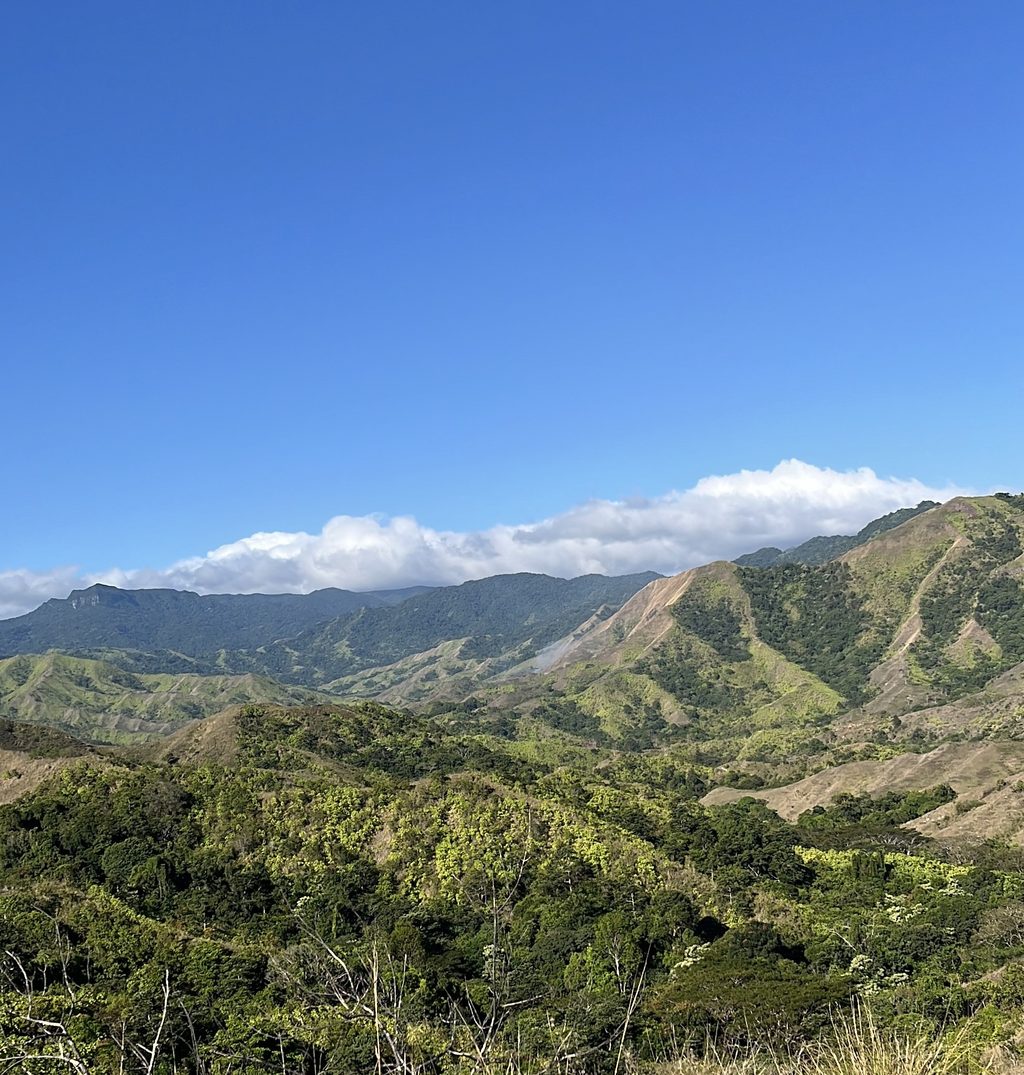TO understand the area of Viti Levu known as Colo Navosa requires one to first understand its name.
The term ‘navosa’ evokes the image of bare ridges scorched by seasonal grass fires, a defining feature of the rugged highlands that form the watersheds of the Sigatoka and Ba Rivers.
This isn’t a mere geographical label to the people who call Navosa home, but more of a badge of honour.
Historically, when the province of Colo West was created, it was this local name, Navosa, that stuck, even on the lips of European officials.
Its enduring importance was cemented in 1945, when the old interior provinces were abolished.
While other regions were absorbed into coastal provinces, the people of Navosa secured a unique concession, their home was officially recognised in the new name, ‘Nadroga and Navosa’.
But what truly binds the people of these highlands together?
The answer lies not just on maps, but in the stories they tell.
Pathways of the ancestors
Local mythology paints a vivid picture of a fundamental divide between the east and west interiors of Viti Levu.
It is said that the souls of the departed travel to the sacred Nakauvadra range.
Those from the west journey along the ‘Tuileita’ trail, a path that strictly follows mountain ridges, never once crossing water.
Their eastern counterparts travel a similar, separate ridge-top path called the ‘Tuatuabalavo’.
These beliefs, centered around and in identifiable geography, reinforce a powerful local conception, that the mountain interior, and even the spirits of its people, are intrinsically separated between east and west.
Echoes of a war
The distinct identity of Colo Navosa was forged in the fires of late 19th-century conflict.
To this day, popular stories in the region emphasise two proud boasts, that this was the only part of Fiji that did not sign the Deed of Cession to Britain, and that during the ‘Na Valu ni Lotu’ (War of the Church), its people did not surrender.
Instead, they say, they chose to stop fighting after a change of heart towards Christianity and British rule.
The aftermath of that war, however, left deep scars.
Some groups in the western interior were made subordinate to coastal groups or eastern interior chiefs who had sided with the British.
It is widely believed that this led to false or incomplete information being given to the Native Lands Commission.
For many, modern land grievances are directly traced back to this 19th-century subordination, making the war a unifying point of historical reference that still distinguishes the region.
“Tako-Lavo!”
This regional solidarity is performed and celebrated in ceremonies, especially when outsiders are present.
At such events, regional identity is proudly on display.
Ceremonial speeches are delivered in local dialects, despite fluency in standard Bauan dialect, and each group employs the specific ceremonial practices of their own area.
When it’s just locals, a unique collective term of address is often used, ‘tako-lavo’.
This refers to a factional institution found only in the interior and means, effectively, “all of us who are from this area.”
Even the traditional ‘meke’ songs serve to highlight the region’s character.
One recorded at a school opening ceremony years ago according to local elders warned visitors of the cold mountain air, a line sung twice for emphasis, first in the local dialect and then in standard Fijian.
A prophecy?
While identity is firmly grounded in the highlands, there are also whispers of a broader connection to western Viti Levu as a whole.
One local man recounted an ancestral prophecy, that Fiji would see a national leader from the centre, then one from the east, and finally, a leader from the west would take power.
He noted the first two had come to pass, the third, he said, remains a promise for the future.
The story of Colo Navosa is not a simple one to grasp at first.
It is a tapestry woven from ecology, myth, history, and ceremony, which reveals a region with a powerful and enduring sense of self.
It stands as a proud reminder that the soul of Fiji is found not only on the coastlines, but deep in the heart of its highlands.
Nanai
Some parts of Navosa are famous for the endemic insect called nanai and played host to these rare cicadas when they emerged from underground after where they had been lying formant for eight years.
The Sunday Times team was fortunate to witness the natural phenomenon up close. The Raiateana knowlesi (nanai) are known to undergo three major life stages; egg, nymphal and adult.
The nymphal stage is the longest stage (eight years) during which they feed on root sap and nutrients while developing underground. The transformation from nymph to adult involves losing their nymphal casing and the drying of their newly developed wings.
The name nanai is only recorded from the Emalu clan of Navosa, where it is both a totemic fish and bird, symbolising wealth and prosperity. The people of Emalu treat the nanai as a rare delicacy, eating them in the thousands during the insects’ once-in-eight-year appearance. The Fijian cicadas are fried, roasted on kebabs as eaten as a snack and even cooked in rich coconut milk.
Fijian cicada is the only cicada in the southern hemisphere with a long life cycle.
History being the subject it is, a group’s version of events may not be the same as that held by another group. When publishing one account, it is not our intention to cause division or to disrespect other oral traditions. Those with a different version can contact us so we can publish your account of history too — Editor.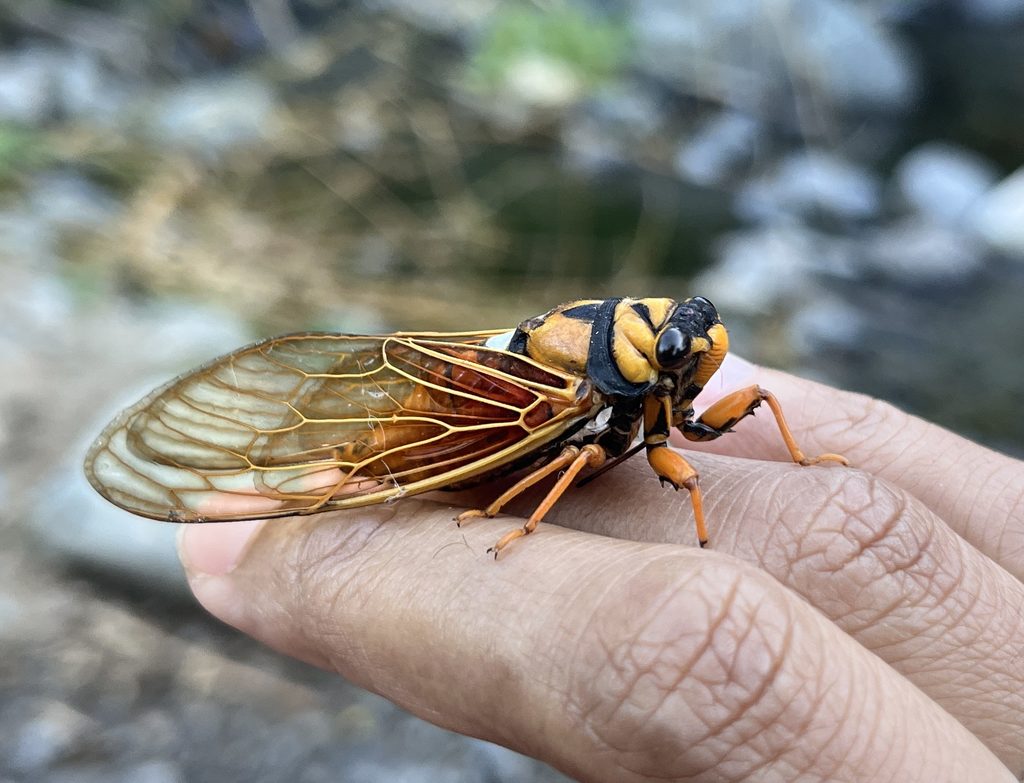
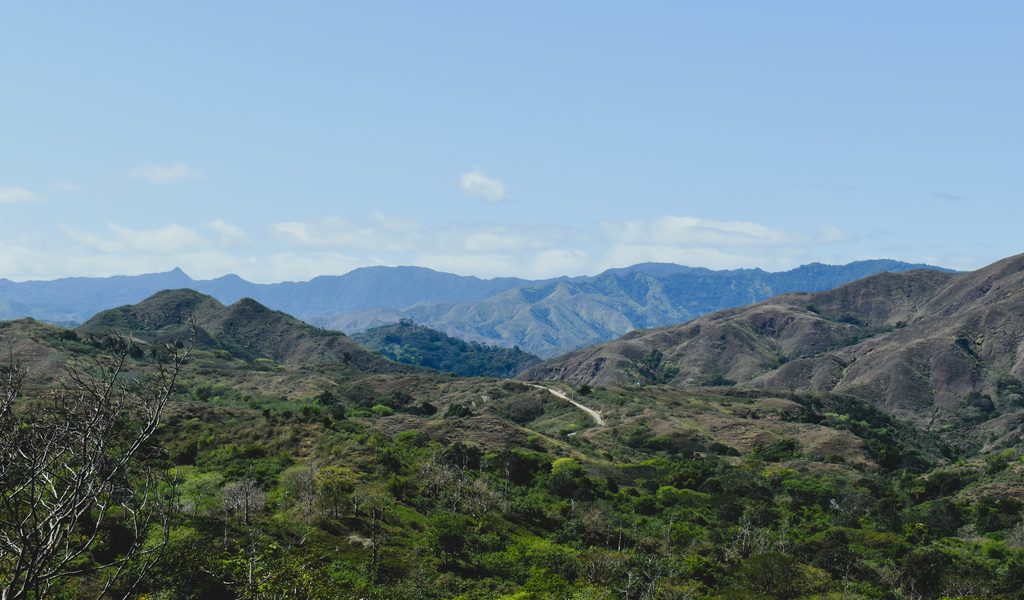
Colo Navosa. Remote and pristine. PIcture: ANA MADIGIBULI
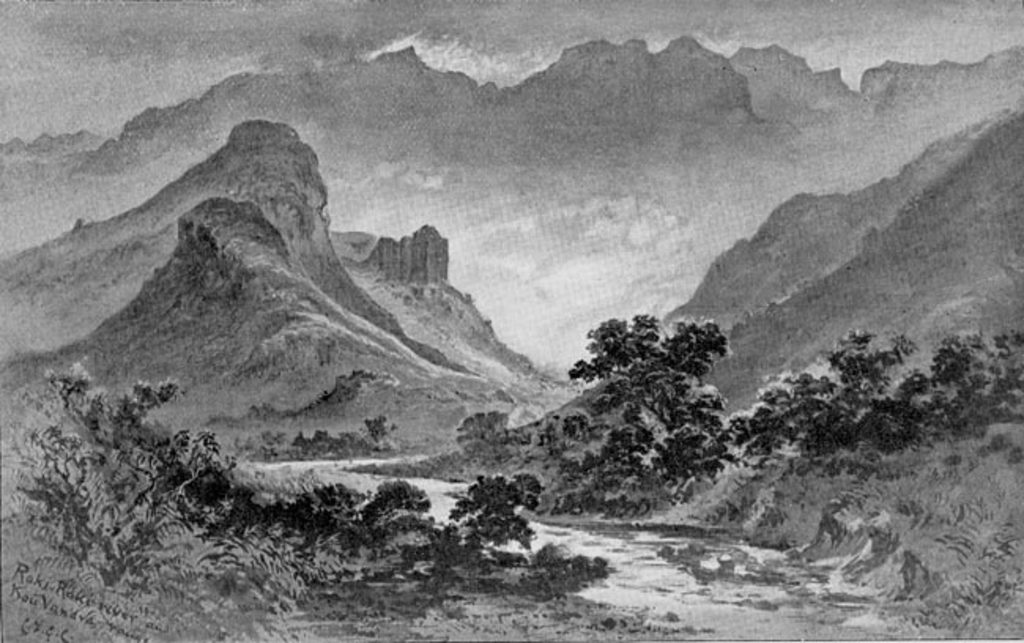
An artist’s impression of the Nakauvadra range. A sacred place and spirtual centre of Fijian mythology and culture. Picture: WIKIPEDIA
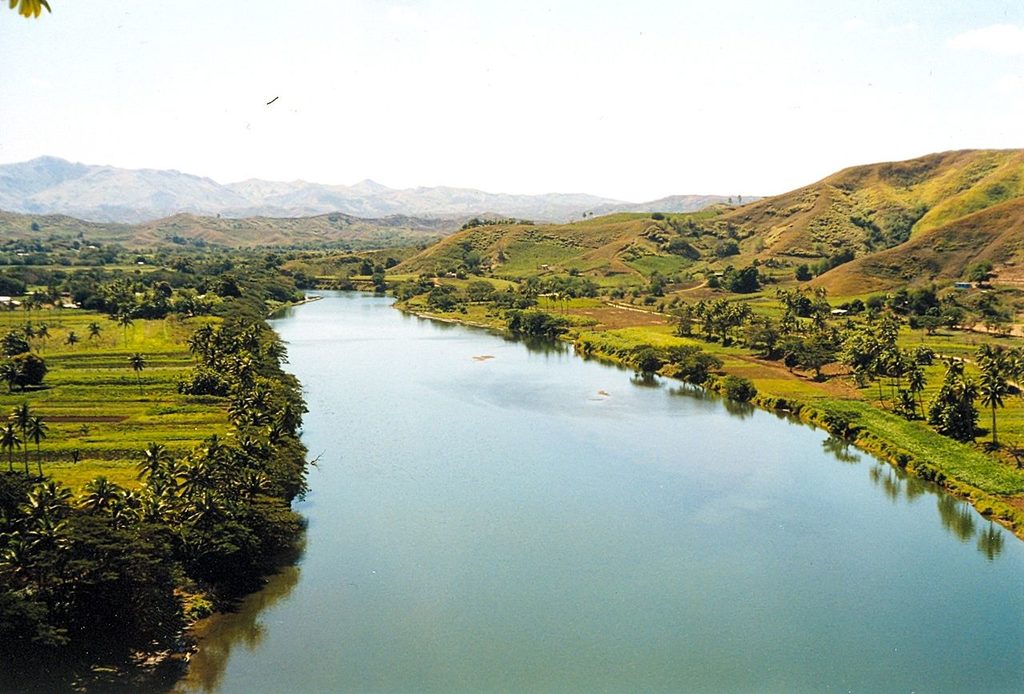
The Sigatoka river is Fiji’s longest river and flows from the heart of Navosa. Picture: WIKIPEDIA. n INSET: Lewatu ni Bovitu or commonly known as ‘nanai’ – totem of the people of the Emalu tribe of Navosa. It is a symbol of the province. Picture: ANA MADIGIBULI
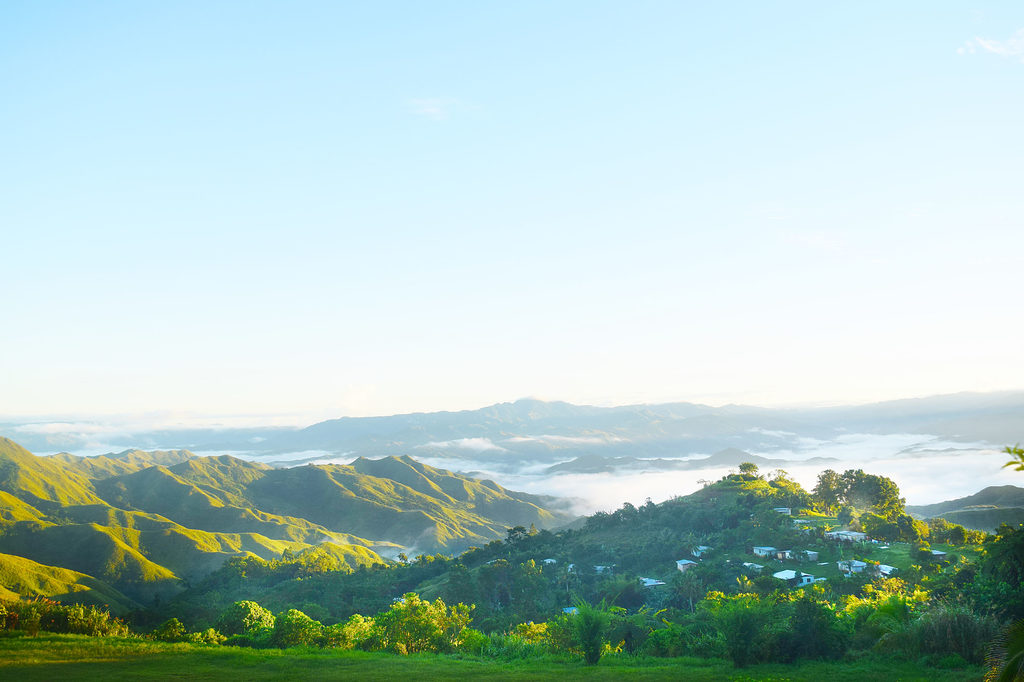
Matokana Village in Navosa is drapped in early morning mist and fog. It is also a home of the Nanai or Fijian cicada. Picture: FT FILE
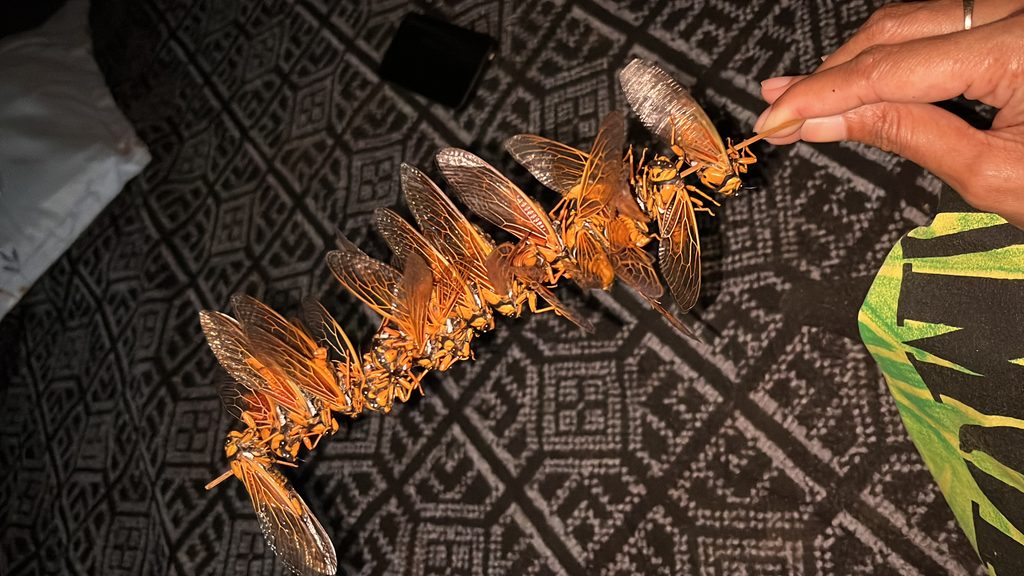
Nanai snack eaten on a kebab. Picture: ANA MADIGIBULI
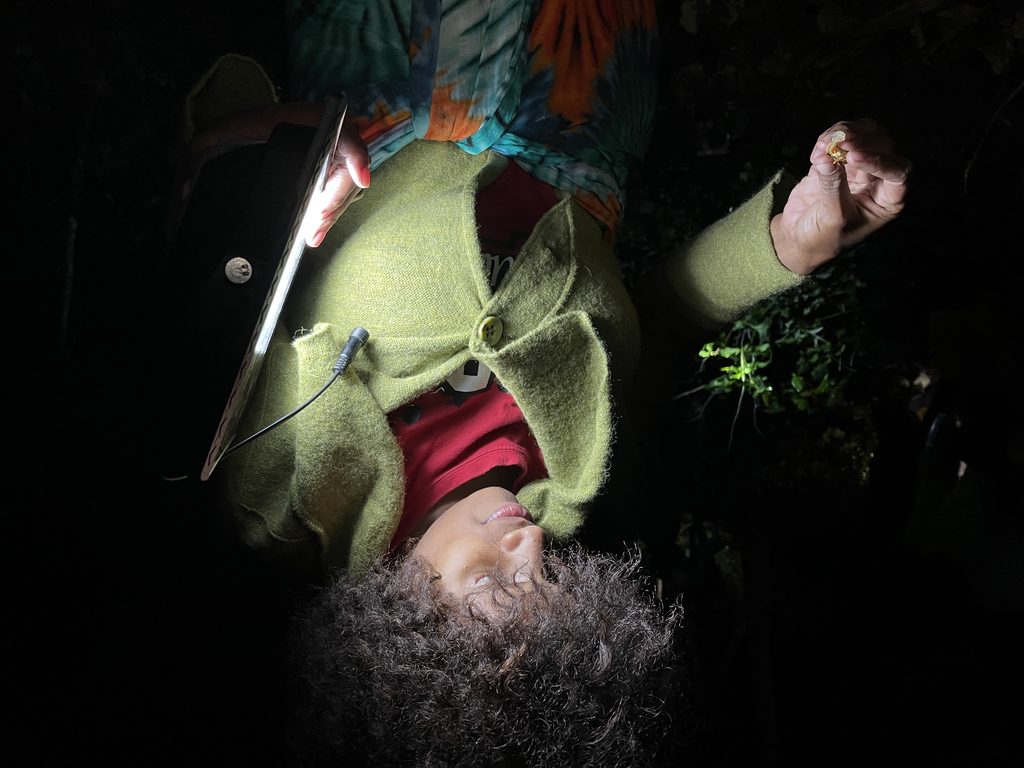
A villager goes nanai hunting in the Navosa forest at night. Picture: ANA MADIGIBULI

